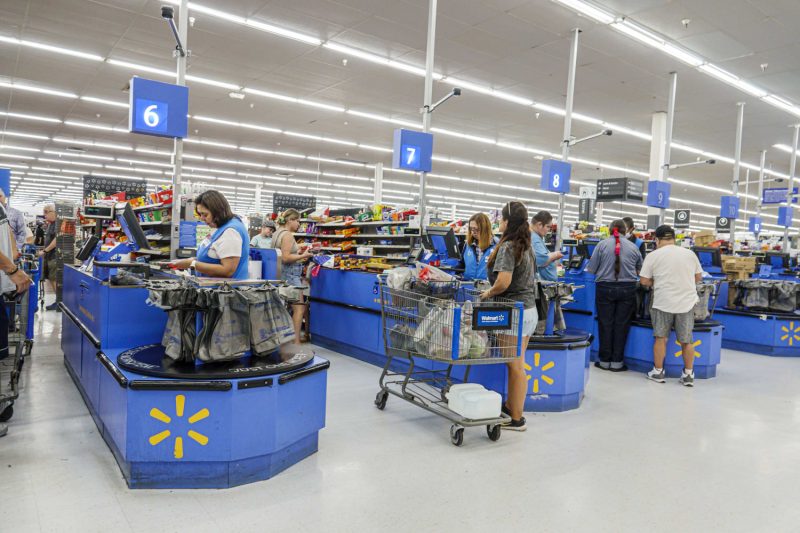With the cost of living increasing considerably across the globe, consumers are eagerly on the hunt for cost-saving deals and discounts. However, a few prominent names such as Target and McDonald’s, giants in their respective sectors, seem to be losing ground with these bargain hunters.
Target, a household name in the retail sector, has always been the go-to place for its customers seeking both quality and affordability. Yet, recent trends indicate a shift among shoppers away from Target. This phenomenon is often attributed to its rising prices, which have been deemed unattractive by value seekers. As pricing becomes more paramount for customers, other low-price retailers like Walmart and Dollar General are increasingly capturing market share.
To counteract this drift, Target has strategically invested in private-label brands. Offering products under several labels such as A New Day, Good & Gather, and Joylab, Target still maintains significant control over their pricing strategies. Furthermore, in lieu of the traditional sales strategy, they have started offering smaller-scale promotions, like the “Deal Days” that are designed to match the timings of Amazon’s Prime Day. This cross pollination between retail and ecommerce spheres allows Target to reach more customers and increase chances of revenue.
McDonald’s, on the other hand, is a different story. As one of the world’s largest fast-food chains, it has always been associated with budget-friendly meals. Despite this, McDonald’s is noticing a decline among regular customers who are seeking for deals. To understand this, one must take into consideration the increasing health consciousness among consumers. Off late, there has been a surge of fast-casual dining concepts that offer affordable yet nutritious meal options, causing bargain hunters to reconsider their dining options.
To combat the loss of its value-seeking customer base, McDonald’s has undertaken several different strategies such as updating its value menu. By adding a wider range of items for $1, $2 and $3, the company aims to provide more affordable and varied options for consumers. It is also employing technology, incorporating self-service kiosks and mobile ordering, enhancing customer service and optimizing operational efficiency which could translate into cost savings for consumers.
Just as Target and McDonald’s have experienced a shift, so have other established players across industries, although in varying magnitudes. With people perpetually looking for more ways to save, value remains a key influencing factor in their purchase decisions. To stay in the game, these companies need to adapt and start offering what their customers desire, namely ‘value for money’.
Regardless of the sector they serve, businesses need to come up with a solid value proposition that resonates with their target audience. Companies like Walmart and Amazon have been successful in focusing on affordability, which has helped them retain and even expand their customer base. Meanwhile, emerging brands are shaking things up by offering not just low-cost alternatives, but also innovative products and services that cater specifically to today’s savvy, aspirational and deal-hunting customers.
In conclusion, offering value for money has always been a crucial parameter for businesses to attract and retain customers in any intensely competitive market environment. Therefore, industry leaders like Target and McDonald’s must think out of the box and strategically reposition themselves to offer superior value to their customers, while still maintaining their operational efficiency and brand equity. This is an ongoing cycle of adaptation, innovation, and resilience that characterizes today’s relentless market competition.




